Hino City, Tokyo東京都日野市
Living in Hino City, Tokyo
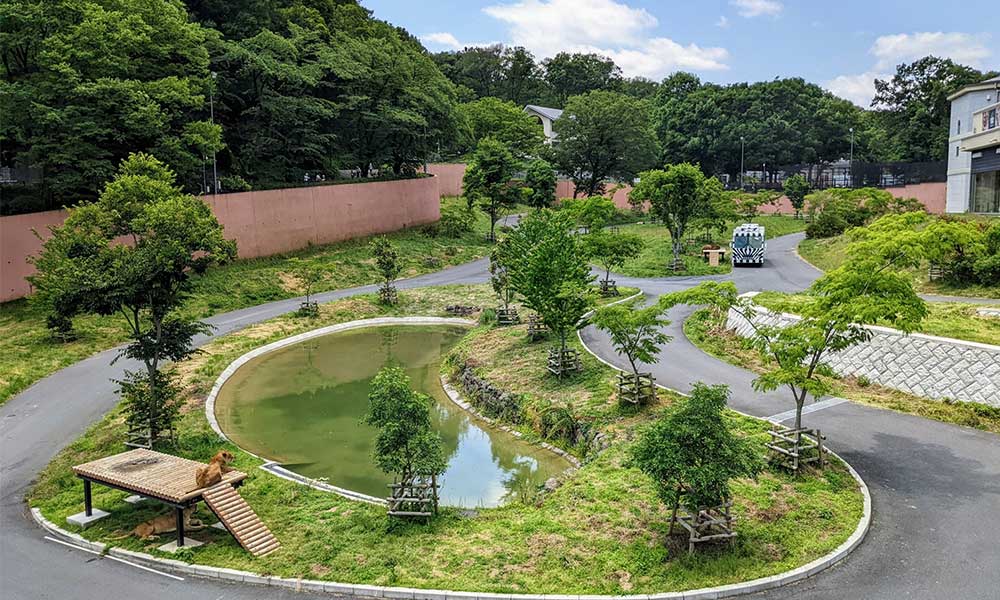
We have Summarized the livability of Hino City, Tokyo.
MINAMI AREA南多摩地域
CONTENTS
- What kind of place is Hachiouji City, Tokyo?
- Hachiouji CityPR video
- How is the traffic situation in Hachiouji City?
- How are the rent and land prices in Hachiouji City?
- How is childcare and education in Hachiouji City?
- How about shopping in Hachiouji City?
- How about jobs and recruitment in Hachiouji City?
- Hachiouji City’s unique subsidy/subsidy system
What kind of place is Hino City, Tokyo?
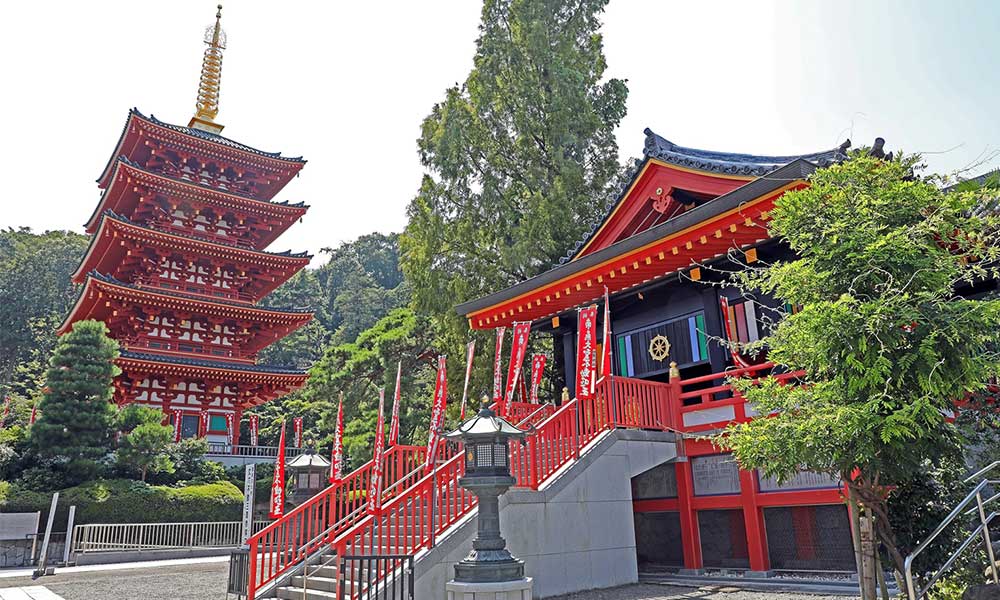
Hino City: A city where nature and the city coexist in harmony, offering an attractive living environment
Hino City is located slightly west of the center of Tokyo and has an area of approximately 27.55 square kilometers.
It borders Tachikawa City to the north, Kunitachi City and Fuchu City to the east, Tama City to the south, and Hino City to the west.
It has a population of approximately 187,000 and approximately 93,000 households. (As of June 2023)
The terrain is a mixture of lowlands, plateaus, and hills, with relatively many slopes, with the Tama River flowing in the north and the Asakawa River flowing in the center. It is also characterized by a large number of industrial and agricultural areas, but in recent years, residential development has progressed and the proportion of residential areas is increasing.
There are various theories about the origin of the place name, but the most popular theory is that it was taken from “Tobihino” because a beacon tower of the provincial capital in Fuchu was located there.
The history of Hino City began when Hinojuku on the Koshu Kaido Road prospered as a post town, with farmland spreading around the area.
In 1889 during the Meiji period, the town and village system was implemented, and the villages of Hino, Kuwata, and Nanao were born, before becoming Hino Town in 1893.
The following year, the Kobu Railway, the first railway in the area, opened and Hino Station was established.
In the Showa period, the number of agricultural workers gradually decreased, and industrial areas began to grow, while housing complexes and other housing began to increase in the surrounding area, and the population also increased.
In 1958, Hino Town and Nanao Village merged to form the new Hino Town, and then in 1963, Hino City was born when the city system was implemented.
Currently, Hino City is developing as a region where industry and agriculture coexist, taking advantage of the beautiful scenery and the widespread residential areas.
Hino City also has many tourist attractions.
Tama Zoo is a popular zoo located just a short walk from Tama Monorail’s Tama Dobutsu Koen Station. The zoo is quite large and has many slopes, so a shuttle bus runs through it. The zoo is roughly divided into the Asian Garden, Australian Garden, African Garden, and Insectarium, and you can see rare animals such as snow leopards and Tasmanian devils. The Lion Garden also operates a very popular “Lion Bus” that allows you to ride a bus to view the lions.
Takahatafudo Kongoji Temple is one of the three great Fudo temples in the Kanto region, and is a famous temple that is crowded with visitors every day, with valuable buildings designated as cultural properties by the Tokyo Metropolitan Government.
The Hydrangea Festival, held every year around June, is particularly popular, with many stalls set up along the approach to the temple where hydrangeas are in full bloom, and the temple becomes lively with visitors.
It is also famous that celebrities come to throw beans during Setsubun every year, and the temple grounds are crowded with people.
Hino Yasaka Shrine is a two-minute walk from JR Hino Station on the Chuo Main Line. It is usually a quiet place, but it is famous as a shrine with ties to the Shinsengumi, who were active at the end of the Edo period. It is a popular spot where the atmosphere changes dramatically every year, with many visitors visiting during the Hino Shinsengumi Festival held every May and the Yasaka Shrine Annual Festival held in July.
PR video of Hino City, Tokyo
SHIN HINOSHIYAKUSYO~Turning your ideas into reality①
Hino, the hometown of the Shinsengumi
How is the traffic situation in Hino City?
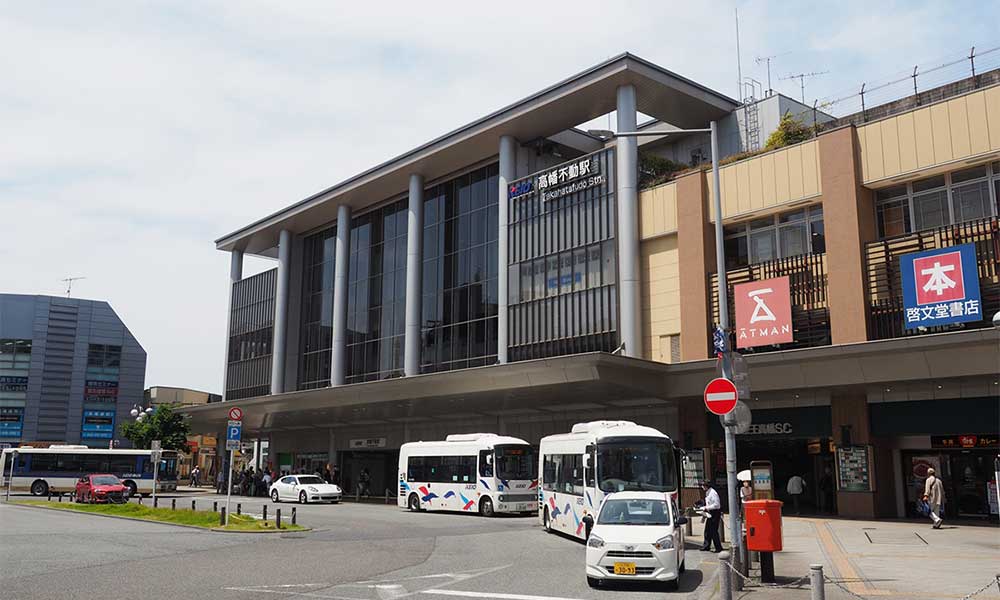
Hino City has well-developed railway and bus services and offers easy access to the city center.
Hino City has 5 train lines and 10 stations. It takes about 60 minutes to get from the station to Tokyo Station and about 45 minutes to get to Shinjuku Station.
| Toyoda Station | JR Chuo Line |
| Hino Station | JR Chuo Line |
| Tama Zoological Park Station | Keio Zoo Line・Tama Monorail |
| Takahatafudo Station | Keio Line・Keio Zoo Line・Keio Electric Railway |
| Koshu-kaido Station | Tama Monorail |
| Manganji Station | Tama Monorail |
| Hirayama Castle Park Station | Keio Line |
| Momozono Station | Keio Line |
| Hodokubo Station | Tama Monorail |
| Nanping Station | Keio Line |
Keio Dentetsu Bus and Nishitokyo Bus are available for local bus routes within Hino City.
There are also shuttle buses (minibuses) available to take you to major facilities in the city, such as hospitals, at a low cost.
There are no expressways accessible from Hino City.
The only roads that run through Hino City are the Chuo Expressway, which runs from Suginami Ward, Tokyo to Komaki City, Aichi Prefecture, and National Route 20, which runs from Chuo Ward, Tokyo to Shiojiri City, Nagano Prefecture.
There are many train and bus routes available, making it easy to travel to nearby cities and towns.
Trains to major cities such as Tokyo Station are somewhat far away and tend to be crowded.
How are the rent and land prices in Hino City?
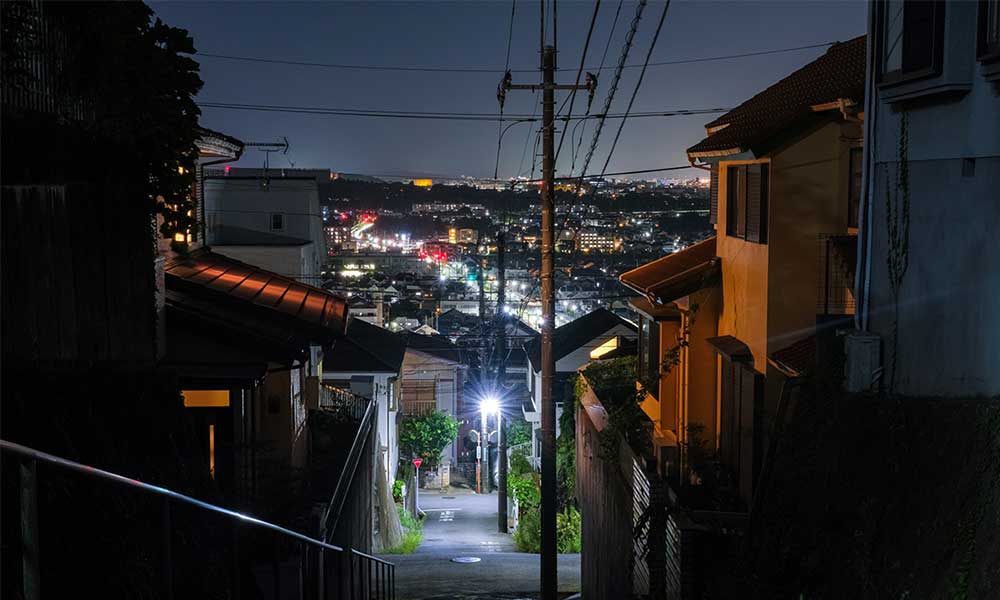
Hino City is a pleasant city with a large residential area, close to parks and nature.
According to information from a real estate information site, the average rent in the city for a newly built apartment within a 10-minute walk from the station is about 80,000 yen for a 1K and about 93,000 yen for a 2DK.
The average land price is about 750,000 yen per tsubo.
The average price of a newly built apartment is 49,230,000 yen, the average area is 66.21 m2, and the average price per tsubo is 2,459,000 yen per tsubo. (As of 2018-2022)
Hino City is a little far from the city center, so rent and housing prices are relatively low compared to the city center.
Except for popular areas such as in front of the station, it seems that it is possible to purchase a detached house with a parking lot at a relatively low price.
Since a shopping mall opened in 2014 around Toyota Station in the city, new apartments and detached houses have been built one after another, making it a popular area and prices are gradually rising.
The area around Toyota Station is rich in new properties, including newly built apartments and detached houses, due to the opening of a shopping mall in front of the station.
Prices are on the rise in popular areas.
How is childcare and education in Hino City?

Hino City is a city with well-developed educational institutions, child-rearing support, and local events.
Hino City has 34 nurseries, 15 kindergartens, 17 elementary schools, 8 junior high schools, 3 high schools, 6 junior colleges and universities, and 1 vocational school.
Hino City’s “Child Medical Expense Subsidy System” fully subsidizes both outpatient and inpatient care for children under 18 years old (as of March 31 after they reach 18 years old).
Child allowances are provided: 15,000 yen for children under 3 years old, 10,000 yen for the first and second children aged 3 years old or older and not yet entering elementary school, 15,000 yen for the third child and onwards, and 10,000 yen for junior high school students.
Hino City also has a comprehensive support system of its own.
The “Childbirth and Childrearing Support Subsidy Program” provides a place where specialized staff can discuss concerns and worries about childbirth and childrearing through interviews during pregnancy, and where you can receive baby visits and other childcare consultations after giving birth. In addition, after registering your pregnancy and after registering your birth, you will receive a childrearing support gift worth 50,000 yen to purchase childcare products.
The childrearing mobile service “Pocket Navi” is a website that provides useful information for families with children. It is a free service that allows you to check vaccination schedules and medical checkup schedules.
The “Postpartum Meal Delivery Service” is a service that delivers nutritionally balanced lunches for 500 yen per meal to mothers with newborns (up to two months old). This is a very welcome support system for busy postpartum mothers.
Hino City also has a wide range of facilities where small children and their parents can play together. Children can interact with parents and children of the same age and participate in various events at child-rearing plazas (Manganji “Niko Niko” and Tamadaira “Hapi Hapi”), child-rearing support centers in each area, and rooms in daycare centers.
There are also a variety of child-rearing support systems, such as “children’s centers” where children from 0 to 18 years old can play and learn freely, “After-school Children’s Classroom Hinocchi” which can be used as a place for children to play safely after school, and “after-school clubs” where children can be left after school when their parents are working, etc.
There is ample support for raising children. In addition, the area has a good educational environment, with all educational institutions up to university level all located within the city.
There are areas where the number of children on waiting lists for nursery schools has not been resolved. There are few obstetrics and gynecology clinics in the city, and all of them are crowded.
How about shopping in Hino City?
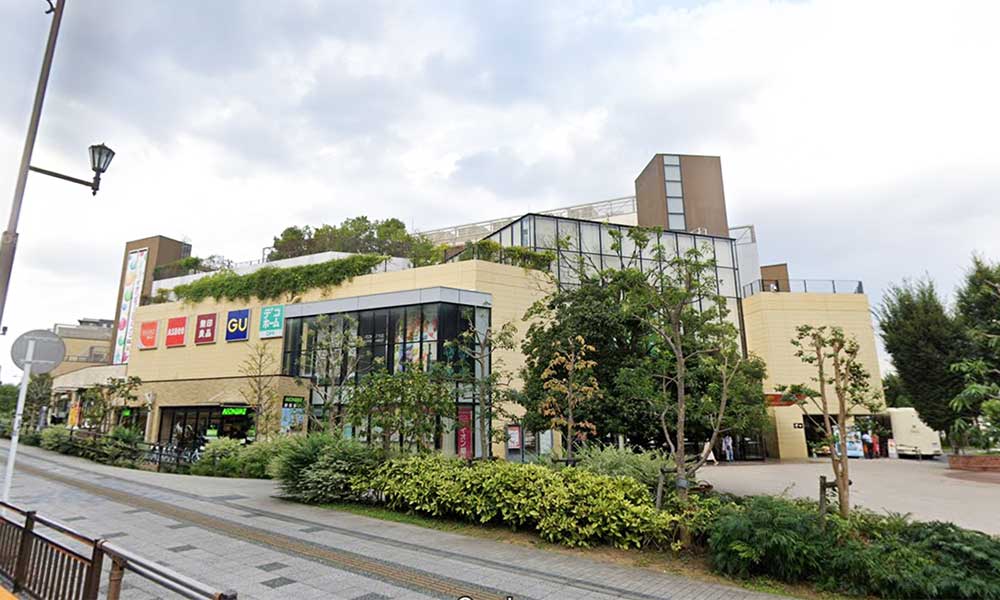
Hino City is a city with many commercial facilities, making it convenient for everyday shopping.
Although there are not many, there are shopping centers, retail stores, and supermarkets scattered throughout Hino City.
Keio Takahata Shopping Center is a commercial facility directly connected to Takahatafudo Station on the Keio Line. It has a variety of stores, including a food supermarket, bookstores, and hospitals, and is crowded with customers every day due to its location just a few steps from the station.
Aeon Mall Tamadaira no Mori is a shopping mall located a 3-minute walk from JR Toyota Station. It opened in 2014 and is a relatively new facility with about 110 stores. Not only is it close to the station, but it is also close to the national highway, making it easy to visit by car, making it a popular facility.
There are about 23 stores in Hino city, including Super Alps, Inageya, and Mini Coop.
There are also convenience stores, drug stores, restaurants, and more, so you won’t have any trouble with your everyday shopping.
The area around Toyota Station has everything you need, including large shopping centers, restaurants, and convenience stores.
There are hardly any trendy cafes or places to buy high-end clothing.
How about jobs and recruitment in Hino City?
Hino City has a wide variety of job opportunities and convenient access to the city center.
The average annual salary in Hino City is 3.87 million yen.
Hino City has developed as an industrial city since the early Showa period. Large automobile manufacturing and electrical manufacturing industries in particular flourished, and major companies moved into the city.
Although companies began to withdraw from the city toward the end of the Showa period, there are still more than 70 companies and factories, large and small, in the city today, and job opportunities in a variety of fields are available.
In addition, taking advantage of the city’s convenient location, there are also companies in the logistics and transportation industries, with job openings for warehouse workers and drivers.
There are many car-related job openings, as there are many major truck manufacturing companies in the area.
Salaries tend to be lower than in urban areas.
Hino City, Tokyo’s unique subsidy/subsidy system
Hino City, Tokyo’s unique housing assistance and subsidy system
Hino City, Tokyo’s unique childcare support system
Hino City, Tokyo’s unique system for further education and tuition assistance/subsidies
| School support Hino City High School Student Scholarship Subsidies for parents of foreign school children and students |






